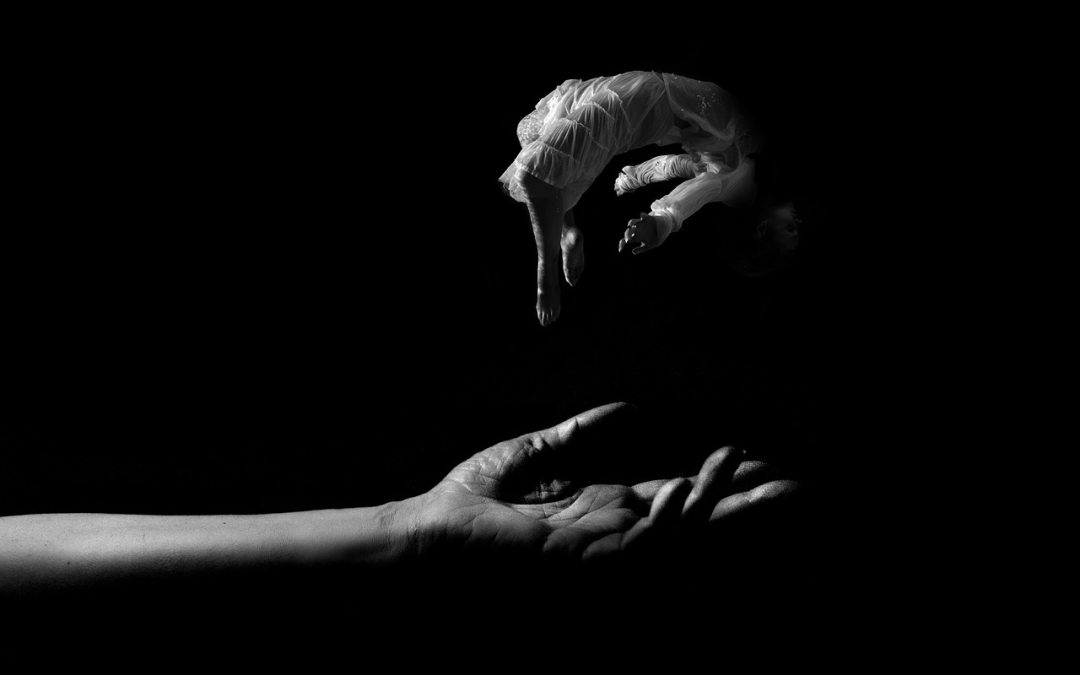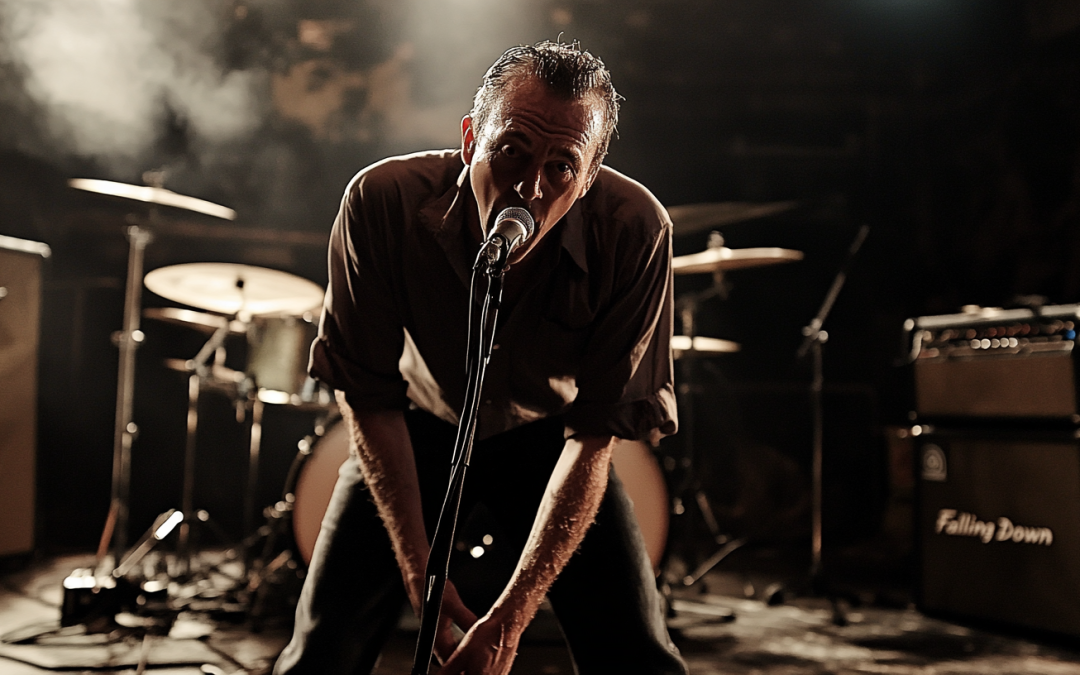

“Unveiling the Iconic Velvet Underground & Nico Album Cover by Andy Warhol”

“Thom Yorke Takes on Ambitious Project: ‘Hamlet Hail to the Thief

Thom Yorke of Radiohead recently announced an ambitious project called “Hamlet Hail to the Thief”, which involves adapting the band’s 2003 album “Hail to the Thief” for a new production of William Shakespeare’s iconic play, Hamlet. Yorke has orchestrated and “remolded” the songs from the album to be performed alongside the play, with a cast of 20 musicians and actors. The project, led by Yorke in collaboration with designer and director Christine Jones, as well as director and choreographer Steven Hoggett, aims to create a unique and immersive experience by combining music and theater.
Blurring the Lines Between Music and Theater
The “Hamlet Hail to the Thief” project highlights the potential future trend of blurring the lines between music and theater. Traditionally, these two art forms have been seen as separate entities, but the integration of music into theatrical productions is becoming increasingly common. This trend can be seen in recent productions such as “Hamilton”, which combines hip-hop music with a historical narrative, and “Once”, a musical that features actors who can play musical instruments. The integration of Radiohead’s music into “Hamlet” adds a new dimension to the play, enhancing the emotional impact of the story and creating a unique atmosphere for the audience.
Expanding the Boundaries of Traditional Theater
The concept of “Hamlet Hail to the Thief” challenges the boundaries of traditional theater by incorporating elements of multimedia and technology. Yorke’s adaptation of the album’s songs serves as a score for the play, creating a seamless blend of music and dialogue. This innovative approach expands the possibilities for future theater productions, as creators can explore new ways to engage and captivate audiences. By embracing technology and multimedia, theater can become a more immersive and interactive experience, attracting a wider range of audiences.
Collaboration and Cross-disciplinary Projects
The success of “Hamlet Hail to the Thief” is a testament to the power of collaboration and cross-disciplinary projects. By combining the talents of musicians, actors, designers, and directors, this project has created a truly unique and groundbreaking production. This trend of collaboration can be seen across various industries, where individuals from different fields come together to create something innovative and impactful. In the future, we can expect to see more cross-disciplinary projects that push the boundaries of traditional art forms and offer fresh perspectives.
Predictions and Recommendations
As the trend of blurring the lines between music and theater continues to grow, we can expect more collaboration between musicians and theater artists. Artists from different genres will come together to create immersive experiences that captivate audiences and breathe new life into classic works. This trend opens up opportunities for both established artists and emerging talents to explore new creative possibilities.
To stay relevant and appeal to a wider audience, theaters should embrace technology and multimedia. The use of projections, interactive elements, and augmented reality can enhance the theatrical experience and attract younger generations who are accustomed to digital media. Additionally, theaters should encourage collaboration between artists from different disciplines, fostering a culture of innovation and experimentation.
Conclusion
The “Hamlet Hail to the Thief” project signifies a potential future trend in theater, where music and theater are seamlessly integrated. This project challenges traditional boundaries and offers a glimpse into the possibilities of cross-disciplinary collaborations. To thrive in this changing landscape, the theater industry should embrace innovation, collaboration, and technology, providing audiences with unique and immersive experiences.
References:
- Radiohead. (2021, May 19). Thom Yorke announces Hamlet Hail to the Thief. Retrieved from https://www.radiohead.com/news/thom-yorke-announces-hamlet-hail-thief
- Walcott, R. (2020, September 25). The best crossover musicals for theater and music taste. Huge History. Retrieved from https://hugehistory.com/entertainment/the-best-crossover-musicals-for-theater-and-music-taste/
- Smith, J. (2018, March 28). Theater in the age of digital technology. The Guardian. Retrieved from https://www.theguardian.com/stage/2018/mar/28/theatre-digital-technology-augmented-reality-hamlet-on-demand

Premiere of Jesus Lizard’s “Falling Down” Video from Album RACK by Bill Bar

Potential Future Trends in Animation and Video Production
In today’s digital age, animation and video production have become increasingly popular and accessible forms of visual media. With advancements in technology and the rising demand for engaging content, there are several potential future trends to watch out for in this industry. This article will discuss these trends and make predictions about the future of animation and video production.
1. Continued Growth of Hand-drawn Cell Animation
As mentioned by artist Bill Barminski in the text, hand-drawn cell animation is making a comeback. This traditional animation technique, which involves drawing each frame by hand, offers a unique aesthetic that many viewers appreciate. The resurgence of this style can be attributed to nostalgia and the desire for a more organic and authentic look. As technology continues to advance, we can expect to see more artists experimenting with hand-drawn cell animation and incorporating it into their works.
2. Evolution of Kinetic and Fast-paced Animation
The collaboration between Bill Barminski and the Jesus Lizard highlights the importance of matching the pace of the animation with the music. As music continues to play a significant role in video production, we can expect more animators and video creators to focus on creating kinetic and fast-paced animations that synchronize seamlessly with the soundtrack. This trend will likely extend beyond music videos, as there is a growing demand for visually captivating content in various genres and industries.
3. VR and AR Integration
Virtual Reality (VR) and Augmented Reality (AR) technologies have been gaining momentum in recent years. These immersive experiences have the potential to revolutionize animation and video production. With VR and AR integration, viewers can interact with animated characters and objects in real-time, enhancing the overall viewing experience. We can anticipate more animation studios and video production companies embracing these technologies to create immersive and interactive content.
4. Rise of AI-generated Content
Artificial Intelligence (AI) has already made significant advancements in various industries, and animation is no exception. AI algorithms can analyze large datasets of animations, enabling the generation of realistic and complex animations without human intervention. While AI-generated content may not replace the creativity and artistry of human animators, it can be a valuable tool in speeding up the production process and providing inspiration for artists. As AI technology continues to advance, we can expect to see an increase in the use of AI-generated content in the animation and video production industry.
5. Increased Collaboration and Cross-disciplinary Work
The collaboration between Bill Barminski and the Jesus Lizard showcases the power of interdisciplinary collaboration. In the future, we can expect more partnerships between artists, musicians, filmmakers, and other creatives. Synergistic collaborations can result in groundbreaking and innovative works that push the boundaries of traditional animation and video production. This trend also opens up opportunities for artists to work in diverse fields and explore new creative outlets.
Recommendations for the Industry
- Embrace Traditional Techniques: With the resurgence of hand-drawn cell animation, animation studios and video production companies should encourage and support artists who want to explore these traditional techniques. This can lead to the creation of unique and visually enticing animations.
- Stay Technologically Relevant: To remain competitive, it is crucial for professionals in the industry to keep up with the latest technological advancements. This includes staying informed about VR, AR, AI, and other emerging technologies that can enhance the production and viewing experience.
- Foster Collaboration: Encourage cross-disciplinary collaboration by providing platforms and opportunities for artists, musicians, and filmmakers to come together. This can lead to the development of fresh and innovative ideas that can shape the future of animation and video production.
- Invest in AI Research: Animation studios and video production companies should invest in research and development of AI technologies. This can help streamline production processes, improve efficiency, and uncover new creative possibilities.
- Explore Interactive Storytelling: With the rise of VR and AR, animation and video production companies should explore interactive storytelling techniques. By allowing viewers to actively participate and shape the narrative, creators can deliver more engaging and immersive experiences.
In conclusion, the future of animation and video production holds exciting possibilities. Hand-drawn cell animation, kinetic pacing, VR and AR integration, AI-generated content, and interdisciplinary collaborations are trends that will shape the industry. By embracing these trends and following the recommendations outlined, professionals in the animation and video production field can keep up with the evolving landscape and continue to create captivating and innovative content for audiences around the world.

“Exploring the Butt Music in Hieronymus Bosch’s Garden of Earthly Delights”
